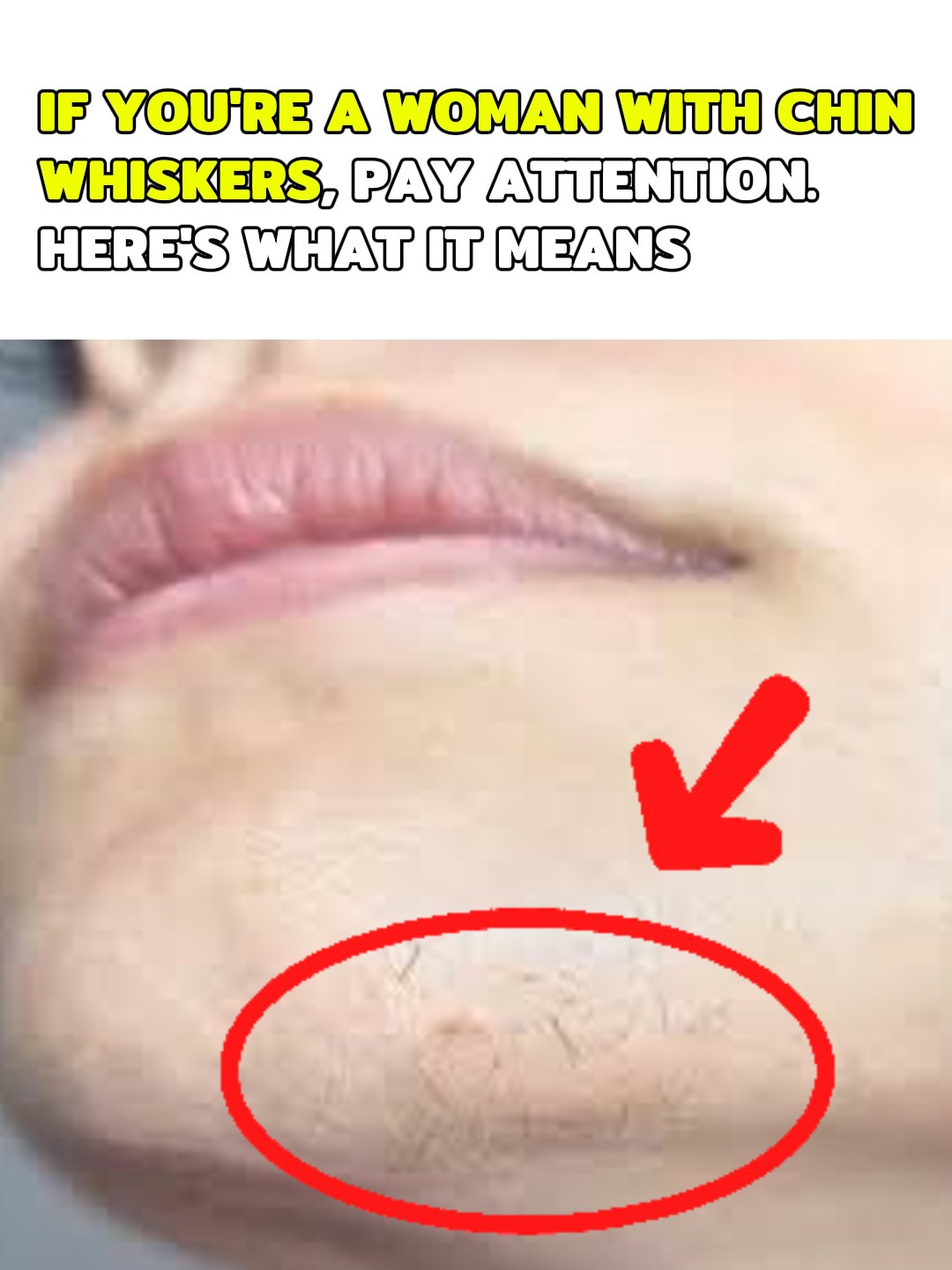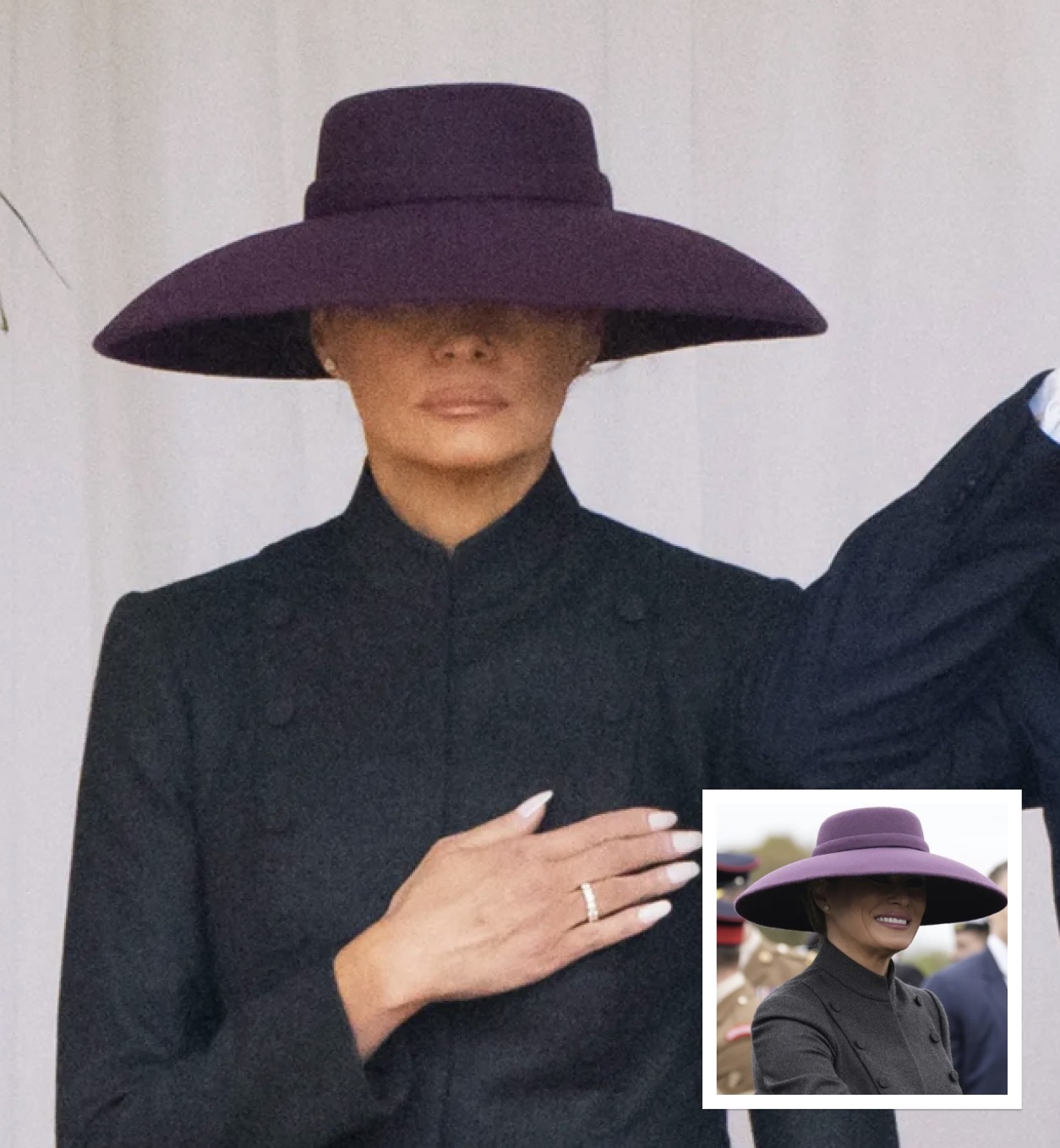I had no clue about this
Chin whiskers in women are far more common than many realize and often arise from natural biological processes. These facial hairs can vary from fine and light to coarse and dark, and while some women may notice just a few strands, others might experience more visible growth. Understanding the underlying causes helps reduce worry and promotes effective management.
Hair growth on the chin is driven by the same cycle as all body hair—growth, transition, and resting phases. The key factor behind noticeable chin whiskers is androgens, a group of hormones including testosterone. Women naturally produce these hormones, but higher levels or increased sensitivity to them can trigger more facial hair. Genetics also play a role—if female relatives have chin whiskers, you may be predisposed as well.
Hormonal changes are one of the main culprits. Conditions like polycystic ovary syndrome (PCOS) elevate androgen levels and cause hirsutism, or excess hair in typically male-pattern areas. Menopause can also bring changes, as estrogen levels fall and hormonal balance shifts. Certain medications, such as birth control or hormone therapies, may further influence facial hair growth.
Beyond physical causes, chin whiskers can have emotional effects. Many women feel self-conscious, anxious, or frustrated about their appearance. Societal beauty standards often idealize smooth, hair-free skin, making natural facial hair feel stigmatized. This can lead to low self-esteem and even avoidance of social situations. However, conversations around body positivity and acceptance are helping shift perceptions.
For those who wish to manage chin whiskers, options range from temporary methods like plucking and waxing to longer-term solutions like laser hair removal or electrolysis. Prescription creams such as eflornithine can slow growth, while lifestyle adjustments—like maintaining a healthy weight and managing stress—can support hormonal balance.
If facial hair growth suddenly increases or is accompanied by symptoms like irregular periods or acne, consulting a healthcare professional is essential to rule out underlying conditions.
Ultimately, chin whiskers are a normal and manageable part of many women’s lives. Whether you choose removal or acceptance, the key is self-confidence and understanding that you’re not alone.






Post Comment